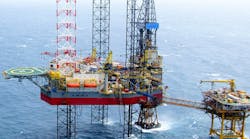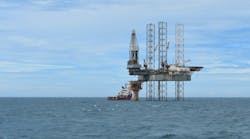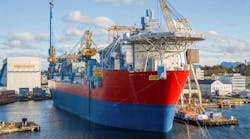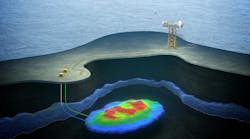Offshore staff
LONDON – States and international oil companies (IOCs) are banking on the Arctic as a major source of future oil and gas production, but the high costs and risks involved with operations in the area mean that an attractive fiscal regime is essential if developments are to be commercially viable, says an analyst with research and consulting firm GlobalData.
Will Scargill, GlobalData’s upstream fiscal analyst, says that Norway’s tax burden poses a challenge to commerciality when compared with Russian, Canadian, and US Arctic fiscal regimes, although the country has already made significant progress in Arctic oil and gas development.
“In contrast to Russia, which introduced tax incentives for offshore Arctic developments earlier this year, Norway does not provide special incentives for its oil and gas industry,” Scargill says. “Norwegian fiscal terms were made even less appealing in May 2013, when the Labor-led government reduced the capital expenditure uplift, allowed over four years, from 30% to 22%.
“This change had a particularly detrimental impact on the potential economics of projects requiring high capital outlay, and the effects are especially visible in the marginal commerciality of Statoil’s proposed Johan Castberg project in the Barents Sea. Although the right-wing coalition, which came into power in September 2013, indicated that it may introduce measures to mitigate the effect of the change, no incentives were announced in the recent budget.”
According to Scargill, Johan Castberg’s economics suggest that without such measures, new developments are unlikely to be commercially viable further north in the Barents Sea, where costs are expected to be higher. On the other hand, the Canadian and US Arctic regimes would likely enable a project with Johan Castberg’s cost profile to generate a fair return on investment.
However, as Scargill continues: “IOCs considering Arctic operations must balance the attractiveness of fiscal regimes with other obstacles. Despite the potential for promising economics in Alaska and Canada’s offshore regions, these areas are subject to stringent environmental regulations, which could frustrate operators’ plans.”
10/22/2014




